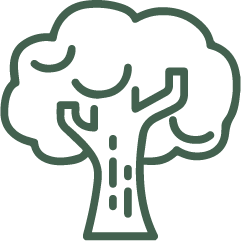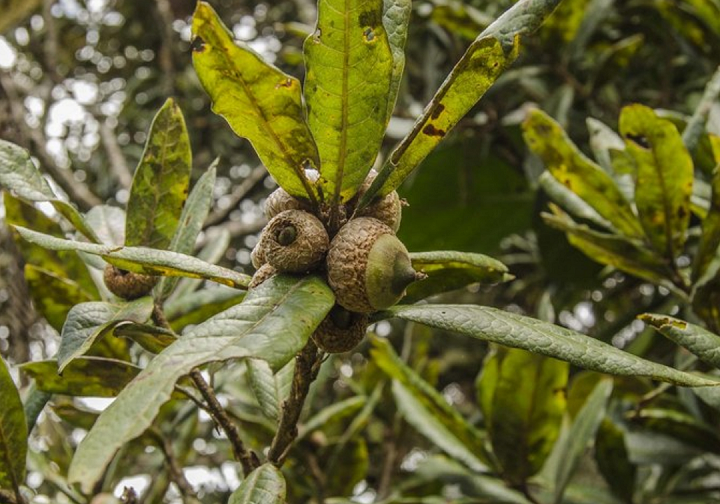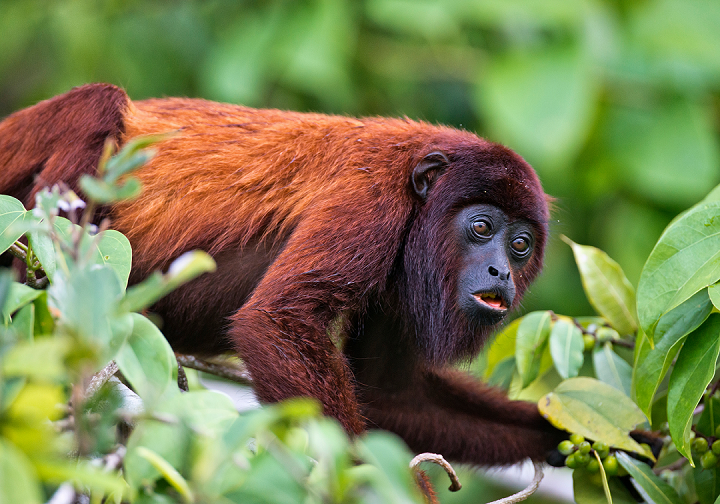PALAMEKU KUWEI REDD+
Seis reservas indígenas compõem este projeto que busca a conservação de 32.629 hectares de floresta tropical úmida.
This project seeks to carry out initiatives that promote the reduction of deforestation and the improvement of the living conditions of its communities, through lines of action that guarantee the conservation of biodiversity and food sovereignty.
Its name ‘PALAMEKU KUWEI’ was given by the communities that make up the project, whose meaning has to do with the God who created the tools to be able to work the tree of life.
PALAMEKU was the one who made the axe, which is the symbol of all tools. And KUWEI means: God, creator of the earth, water and the entire worldview of the Sikuani Piapoco.
Location
Cumaribo, Vichada
Starting year
2010
certificador
Biocarbon Registry
Estado
Implementation
Bioma
Orinoquía / Tropical Humid Forest
Eligible hectares
32.629
Net emissions reduction
33.281
Validation Year
2019
Checker
AENOR
Validator
AENOR
Proponents
- Indigenous Reserve of the Muco and Guarrojo Rivers (Sikuani and Piapoco Peoples)
- Tomo and Weberi Rivers Indigenous Reserve (Sikuani People)
- Punta Bandera Indigenous Reserve (Sikuani People)
- San Luis del Tomo Indigenous Reserve (Sikuani People)
- La Esmeralda Indigenous Reserve (Sikuani People)
- Valdivia Indigenous Reserve (Sikuani People)
IMPLEMENTATION INDICATORS
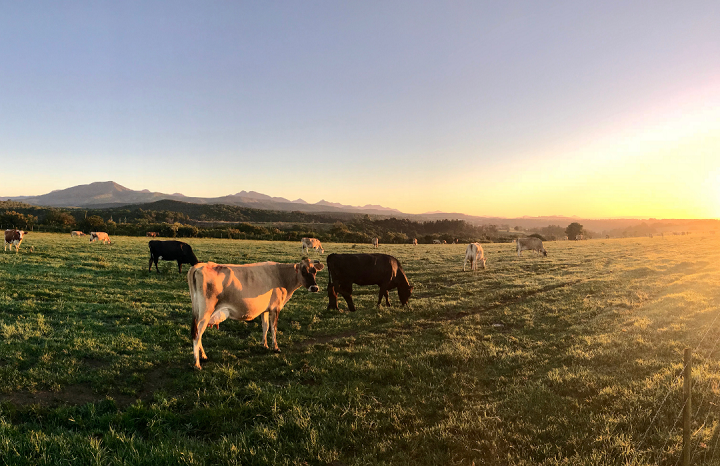
Silvopastoral system / Strengthening productive projects
Goal: Develop productive conversion that contributes to production, soil quality and mitigation of the environmental impacts of livestock farming.
Indicador: Total number of people trained.
People: 243
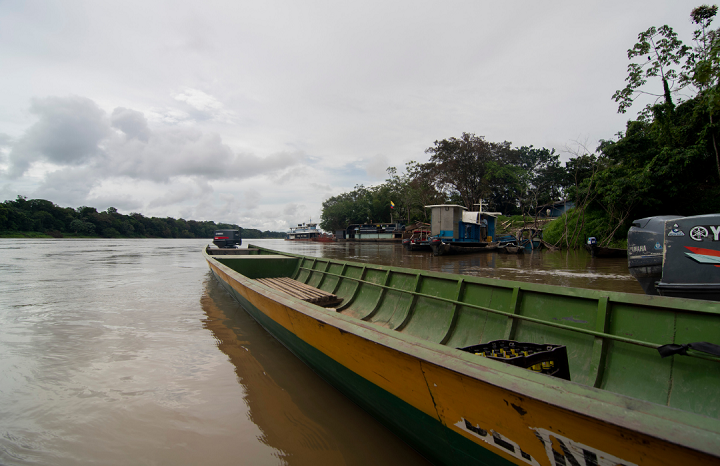
Transportation for healthcare / Strengthening Health
Goal: Equip a truck with the tools to provide the necessary assistance in the field.
Indicador: Quantity of elements, equipment or inputs purchased.
Teams: 1

Strengthening production capabilities / Strengthening production projects
Goal: Strengthen the pork production chain.
Indicador: Número de cadeias produtivas intervencionadas.
Production chains: 45,2 mil



